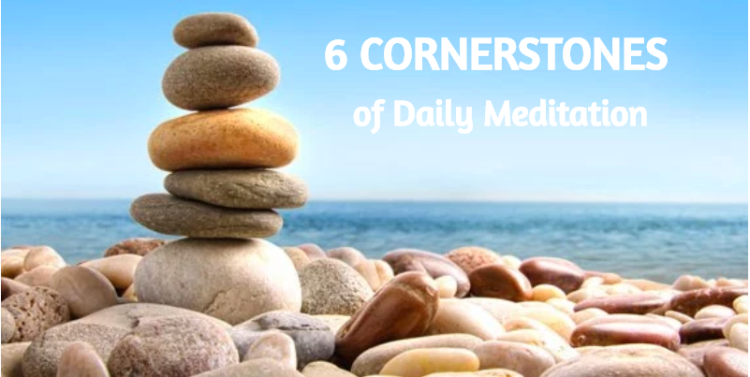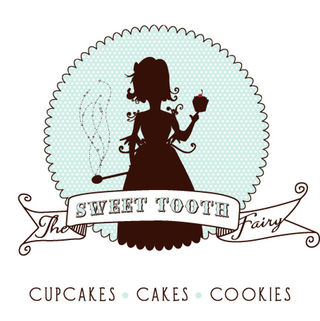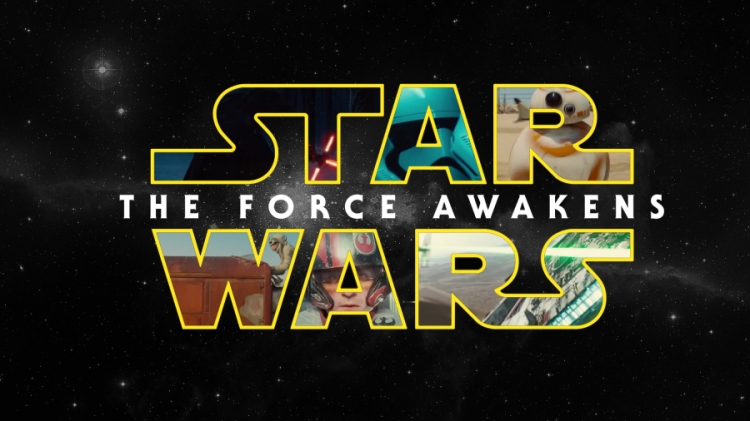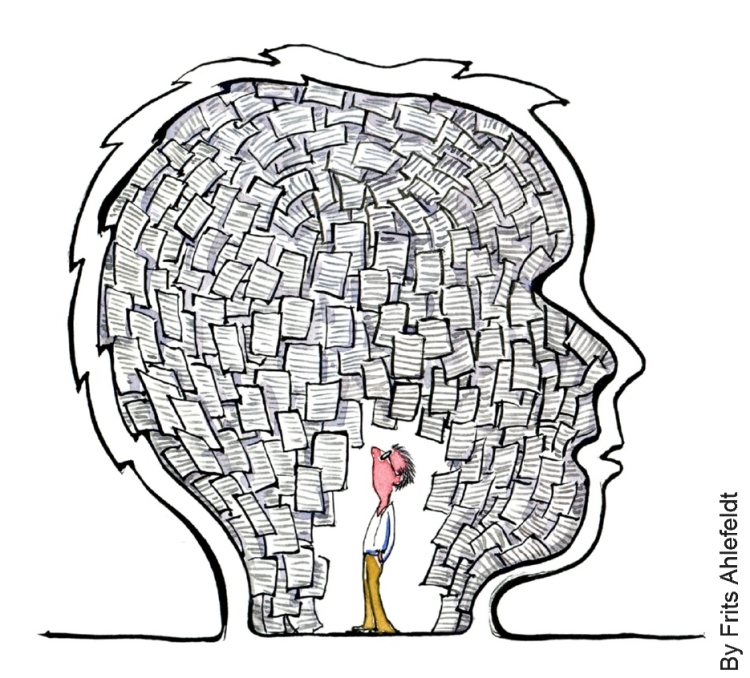GET INVOLVED WITH THE COMMUNITY
Throwing away limiting belief systems and looking inside yourself through a meditation practice have a profound effect on the way you look at the world. Your true potential starts shining brightly. The internal transformation brings up external change. It is impossible to describe the feeling of freedom and relief but once it’s happening you know it, there’s no second-guessing. Having said that, your are unique and so is your experience. Attempting to describe my personal experience may only hinder yours by creating expectations.
What to do next once you tap into the source of your true potential? Well as a Cyprian Norwid, a Polish poet puts it: “The Light should not stand under cover. The Salt of the Earth should not be used in the kitchen” (excuse my poor translation). Less poetic representation of the same truth is “You don’t lock up a new Ferrari in the garage” – I’m a poet and I know it! An important property of this new energy is that it likes to be shared. The more you keep it for yourself, the more you try to preserve it the quicker it diminishes. This may seem counterintuitive in times when accumulating stuff and saving money is the number one priority. The only way to get more of it is to spend it! The more you spend it the more of it you get! The energy of the true potential is unlimited. The channel through which it flows gets only wider the more you use it.
To engage with the community is arguably the best way to use your potential. By nature we are social creatures. Interacting with others in a creative way brings joy and happiness. Forget intellectualizing the process, go Frozen on it and Let It Go! If you don’t understand the reference ask your kids. Also you may check how kids use their creative potential. I bet you will not find much intellectualizing in it. Get out and join a group, book club, organise hiking trip with friends, a road trip with the family. Do what it feels right in your heart not in your head. Take the longest journey you ever going to take – from your head to your heart! If you don’t know anyone in your community who’d like to join you in your new resolution, create your own group. Public event on Facebook, a local Meetup group – sky’s the limit, and that’s exactly where you should aim. Create your own change and use fresh new energy of your true self to do it.
GET OUT OF YOUR COMFORT ZONE
Getting out of your comfort zone – you hear that a lot, I’m sure. You know the benefits of thinking out the box and yet you hardly ever do it. Why is that? For me personally it’s the fear of unknown. Is it going to work, am I embarasing myself, what if the others can see me, what are they going to think? All these questions are the creation of the ego that tries to protect us from the external world. You may ask: what’s wrong with that and the answer is: nothing at all, however, keep in mind words of Wayne Gretzky, arguable the best hockey player ever:
“You miss 100% shots you never take”
The rule of a thumb is: if a perspective of doing something makes you uncomfortable, you should do it. Why? Because what you perceive as a problem, is an opportunity in disguise. An opportunity to grow and learn and that’s the point, isn’t it? How often do you learn something from repeating the same thing? For a perfectionist like myself there’s a pleasure in repeating the same activity until I master it. However, the true lessons and true joy lies in the new. By definition the new is something that requires us to step out of the comfort of the familiar. To do so you must focus, bring your full attention to the task and that is the secret of learning.
Getting out of the comfort zone does not mean heroic deeds. On the contrary, I suggest a simple exercise of taking a different route on the way to work. How does it make you feel? Say hello to a total stranger – I bet you hand get sweaty. If you want to keep things close to home, try to stare into your partner’s eyes for 5 minutes. People who live happy and fulfilled life learn how to be comfortable with being uncomfortable.
SLEEP
This may sound like a strange one but how many of us having trouble sleeping these days? If you check App Store, the numbers of apps that help you to fall asleep are growing exponentially. How many of us fall asleep in front of the TV, tablet, with phone in our hands? Sleep hygiene becomes a growing challenge to many. To-Do lists are growing longer, amount of sleep not so much. There is more happening in your sleep then just rejuvenation of the physical body. It’s a scientific fact that a lot of learning happens in your sleep. Do you remember from your school when you had to learn a poem by heart? You try and try and you still not sure if you going to remember it next day. To your surprise the next day you remember the poem perfectly, and the parts that you struggled with before, are right in place now. Sleep is as essential as exercise. People who sleep well are frequently much happier; they perform better at work and are more resilient.
There is another aspect of sleeping that attracts more and more attention these days. Dreams! What does it mean to follow your dreams and why is that important? There’s a quote by Dr. Steve Maraboli:
“Your Dreams Are a Poetic Reflection of Your Soul’s Wishes”
Dreams convey messages of the past present and the future. Major discoveries happen in the dream state. If you look up the greatest scientists of all times, you will find they admit to dream about their findings.
His Holiness Dalai Lama says: “Sleep is the Best Meditation”. Take care of your sleep and pay attention to your dreams. A friend of mine, who’s a trained psychologist uses dreams in her work and personal life to change people’s lives. Check her upcoming workshop here.
How to take care of your sleep? For starters make a conscious effort to prepare yourself before you go to bed. It’s a useful practice to disengage from daily activities at least an hour before you go to bed. That means not TV, no tablet, no bright screens that will keep you awake long after you go to bed. Have your last meal at least 3 hour before you go to bed. Digestion competes with sleeping. Going to bed on full stomach significantly decreases quality of sleep. Last but not least wish yourself sweet dreams!
Feel free to post comment down below. Include your own experiences and ways to get rich…spiritually. As a part of the community your contribution is very valuable.








